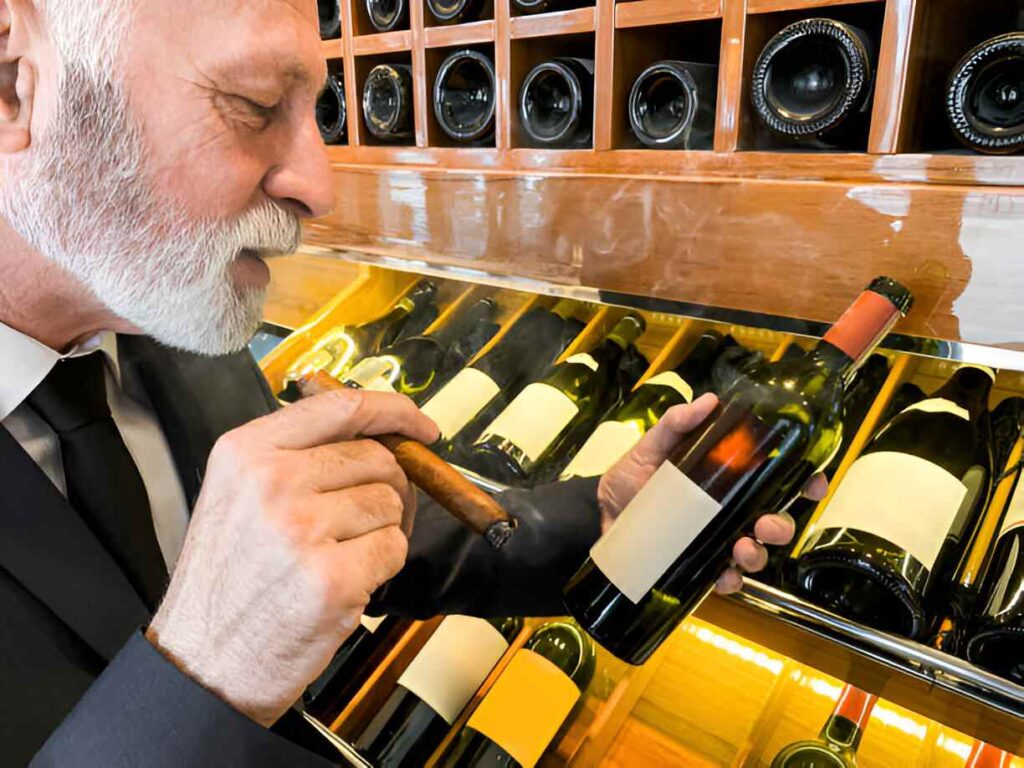Contents
Key Takeaways
- Understand the essentials of planning a private wine-tasting event.
- Learn tips to select the perfect wines and pairings for your tasting.
- Learn how to provide your visitors with an enjoyable and unforgettable experience.
Introduction to Private Wine Tastings
Private wine tastings are an increasingly popular way to enjoy an intimate, educational, and social experience centered around the appreciation of fine wines. Whether for a special celebration or a casual gathering with friends, an expertly curated event can elevate any occasion. For instance, those interested in wine tastings in San Francisco can discover unique and sophisticated private events that cater to their preferences.
Setting up a private wine tasting involves meticulous preparation and attention to detail to ensure visitors have an unforgettable experience. This book will help you plan a unique wine-tasting event by guiding you through every crucial stage, from selecting a location to involving your guests in interactive activities.
Choosing the Right Venue
The first step in planning a private wine tasting is choosing the right venue. The venue determines the atmosphere and tone of the gathering. Home settings provide a comfortable environment, while sophisticated settings like vineyards, wine cellars, or upscale local venues can add a unique flair. The choice depends on the size of the guest list and the desired experience.
Selecting the Wines
To ensure a successful event, curate various wines, including reds, whites, and sparkling wines, to cater to different palates. Consult resources like Wine Folly for insights on different wine profiles. Balancing well-known favorites with unique selections will surprise and delight guests, keeping the tasting exciting and providing something for everyone.
Perfect Pairings: Food and Wine
The Bon Appétit guide offers suggestions and recipes for pairing wines with food, such as cheeses, meats, fruits, and nuts. These small bites can enhance the tasting experience by highlighting the flavors of the wines. The right pairings can make a significant difference, from brie’s creaminess with Chardonnay to chorizo’s spiciness with a bold red.
Creating the Right Atmosphere
Ambiance is crucial for a successful private wine tasting. Utilize lighting, decor, and music to create a relaxed atmosphere. Soft, classical music or jazz can enhance the event’s sophistication without overwhelming the focus on the wines. Elegant table settings and wine-themed decor can elevate the experience. The right atmosphere sets the tone and makes the event more enjoyable for guests.
Educational Elements
Enhance the wine-tasting experience by incorporating an educational component. Have a sommelier or expert guide the tasting, share knowledge, and answer wine questions. Please provide informative notes about each wine’s origin, flavor profile, and pairings. It transforms the event from a simple gathering to an enriching experience, allowing guests to appreciate the wines and learn more about the varieties they are tasting.
Engaging Activities
Guests can enhance their wine experience by incorporating interactive elements like blind tastings or wine trivia games. These activities make the event more enjoyable and encourage deeper engagement with the wines. Blind tastings, which challenge guests to identify wines without labels, add a sense of surprise and competition. Trivia games based on wine facts, history, and regions also provide entertainment and education.
Post-Tasting Tips
Upon the event, offer guests takeaway materials like tasting sheets and wine recommendations to help them continue their wine journey. It not only extends the experience but also makes guests feel valued. Personalized tasting sheets allow guests to remember their favorites, while wine lists with purchasing information can be beneficial.



